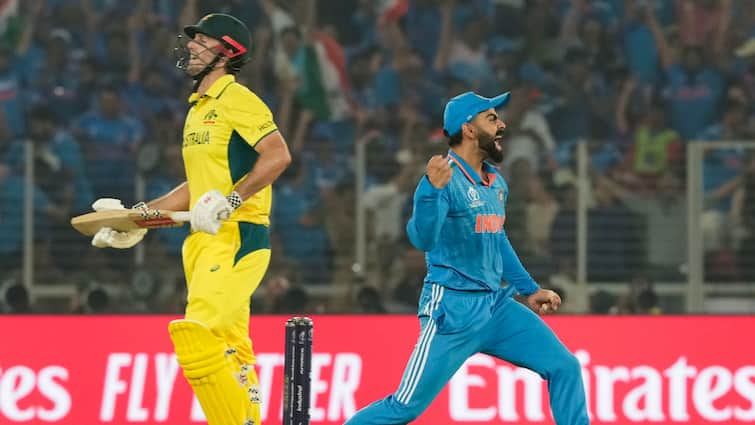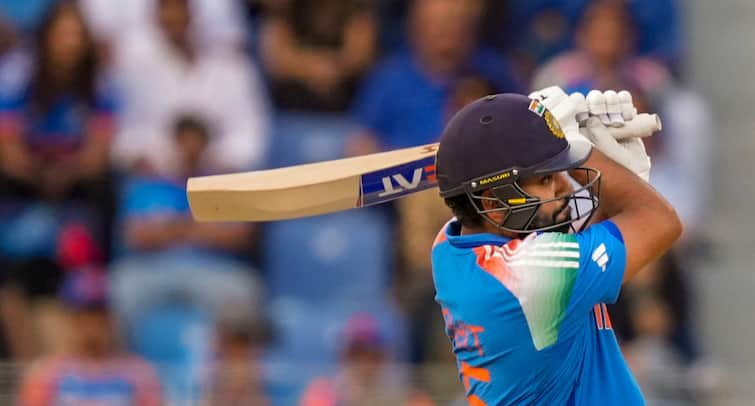In the first IND vs AUS ODI in Perth, the Men in Blue could only manage 136 runs, while Australia were set a slightly lower target of 131.
They struggled throughout their innings, finishing at 136 in 26 overs, with KL Rahul top-scoring with 38. Axar Patel added 31, and debutant Nitish Kumar Reddy stayed unbeaten on 19. But how did India’s total of 136 turn into a target of 131 for Australia?
Australia Target reduced to 131: DLS Rule Explained
Rain interruptions played a major role in the outcome. Persistent showers led to a significant loss of playing time, reducing the match to 26 overs per side. Rohit Sharma, Virat Kohli, and captain Shubman Gill all failed to make an impact.
As a result, under the Duckworth-Lewis-Stern (DLS) method, Australia were given a revised target of 131, adjusted based on overs and wickets remaining.
Under the Duckworth-Lewis-Stern (DLS) method, the revised target is determined by analysing several factors, such as the overs remaining, wickets in hand, total runs scored by the team batting first, and the timing of the interruption.
All these elements are used to set a fair target for the chasing side.
In India’s case, nine wickets had already fallen, which was one of the primary reasons Australia received a lower target.
Had India been bowled out before completing the allotted 26 overs, the DLS calculation could have reduced Australia’s target to even fewer than 131 runs.
India vs Australia: Head To Head In ODIs
India and Australia have contested 152 One Day Internationals to date, with India emerging victorious in 58 matches and Australia leading the head-to-head with 84 wins.
However, in recent years, the competition has become far more evenly matched. Since 2020, the two sides have met 15 times in ODIs, with India winning 8 encounters and Australia claiming 7.
This match, as the time of writing, looks to be in Australia’s bag, but the final result remains to be seen.
Check Out: Lionel Messi Wins MLS 2025 Golden Boot With Hat-Trick Against Nashville



